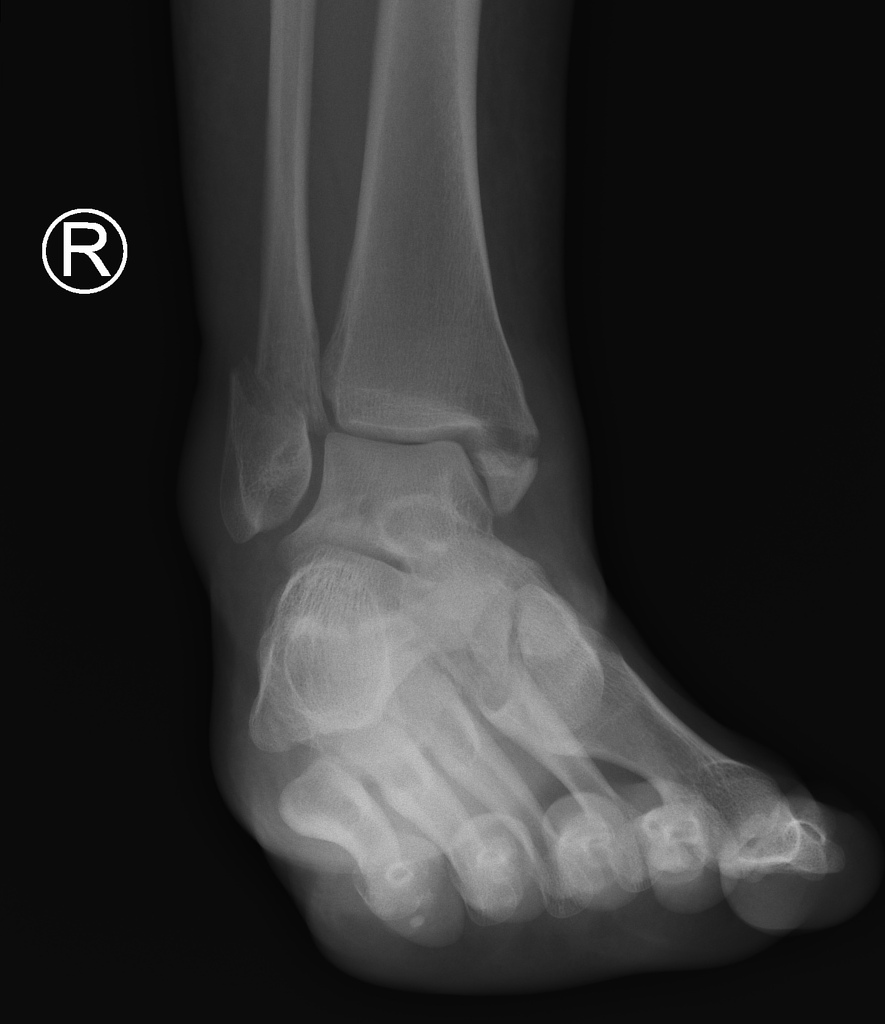


Subsequently, a multi-centre study explored the feasibility of implementing the rules on a wider scale.
ANKLE XRAY TRIAL
A second trial with a larger number of patients replicated these findings. The original study reported that the test was 100% sensitive and reduced the number of ankle X-rays by 36%. Evidence supports the rules as an accurate instrument for excluding fractures of the ankle and mid-foot, reducing the number of unnecessary investigations and length of stay in emergency departments. The rules have been found to have a very high sensitivity, moderate specificity, and therefore a very low rate of false negatives. Several studies strongly support the use of the Ottawa Ankle Rules in children over 6 (98.5% sensitivity) however, their usefulness in younger children has not yet been thoroughly examined. Bone tenderness at the navicular bone (for foot injuries), ORĬertain groups are excluded, in particular pregnant women, and those with diminished ability to follow the test (for example due to head injury or intoxication).Bone tenderness at the base of the fifth metatarsal (for foot injuries), OR.There is any pain in the midfoot zone and,.
ANKLE XRAY SERIES


 0 kommentar(er)
0 kommentar(er)
